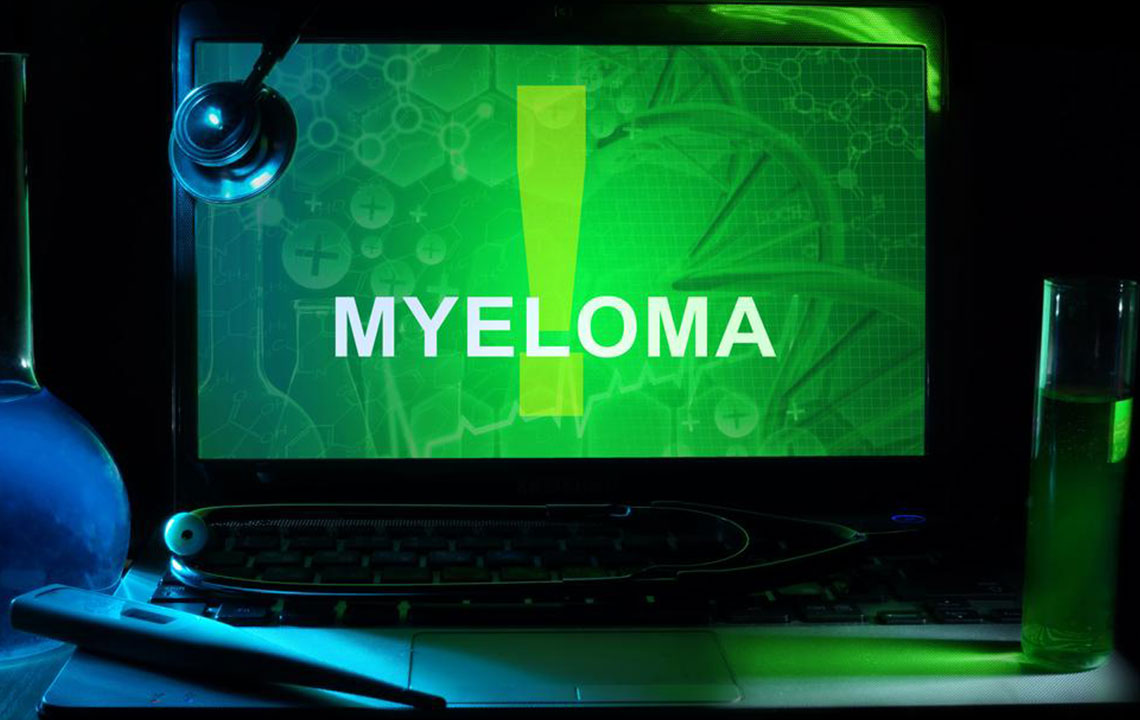Cutting-Edge Techniques for Early Detection and Management of Multiple Myeloma
This comprehensive article explores the latest advancements in diagnosing and managing Multiple Myeloma, highlighting innovative blood, urine, and bone marrow tests, along with modern treatments like targeted therapies and stem cell transplants. Early detection and personalized treatments are crucial for improving patient outcomes in this complex blood cancer. Discover how recent breakthroughs are transforming care and offering hope to patients worldwide.

Advancements in Diagnostic and Therapeutic Strategies for Multiple Myeloma
Over recent decades, significant progress has been made in medical science, leading to improved survival rates for many types of cancer. However, blood cancers such as Multiple Myeloma remain among the most challenging to cure, posing ongoing threats to patient health worldwide. This particular disease primarily impacts adults over the age of 45, characterized by the malignant proliferation of plasma cells within the bone marrow. These abnormal cells tend to multiply uncontrollably, forming tumors that interfere with normal blood cell production, weakening the immune system, and causing a host of systemic complications. The key to improving patient prognosis lies in the early detection and effective management of this complex disease.
Understanding the methods used to diagnose Multiple Myeloma is crucial for healthcare providers and patients alike. Early diagnosis improves treatment outcomes significantly and opens doors to more targeted therapies. Several diagnostic techniques have been developed and refined over the years, including:
Urine Analysis: One of the earliest indicators of Multiple Myeloma is the presence of M proteins—abnormal immunoglobulins produced excessively by malignant plasma cells—in urine. Bence Jones proteins, in particular, are a hallmark finding that can be identified through specialized urine tests. These proteins serve as vital clues pointing toward the diagnosis.
Blood Testing: Blood tests are an essential component of the diagnostic process. Laboratory analysis often reveals the presence of monoclonal (M) proteins in the serum, which are indicative of abnormal plasma cell activity. Additionally, the level of beta-2 microglobulin, a protein involved in immune response, is measured to assess disease burden and prognosis. Elevated levels often correlate with more advanced disease stages.
Bone Marrow Biopsy: The definitive diagnostic procedure involves extracting a small tissue sample from the bone marrow, typically from the pelvis. Under microscopic examination, pathologists identify the proportion of plasma cells in the marrow and analyze their morphology. More advanced genetic tests, such as Fluorescence In Situ Hybridization (FISH), are employed to detect chromosomal abnormalities associated with disease progression and prognosis. This comprehensive analysis guides clinicians in tailoring personalized treatment plans.
Once the diagnosis of Multiple Myeloma has been established, the next step involves initiating treatment, especially if the disease is caught early. Early intervention is critical in managing symptoms, preventing further bone damage, and prolonging survival. Several therapeutic options are available, each targeting different aspects of the disease process:
Targeted Therapeutics: With a deep understanding of the molecular and genetic abnormalities driving Multiple Myeloma, researchers have developed targeted drugs that can specifically interfere with cancer cell survival pathways. These therapies aim to inhibit critical proteins or genes involved in disease progression, thereby reducing tumor burden and limiting resistance development. Examples include proteasome inhibitors and immunomodulatory agents, which have revolutionized treatment paradigms.
Chemotherapy: Traditional chemotherapy remains a cornerstone in managing Multiple Myeloma. These drugs work by interfering with cell division, ultimately leading to cancer cell death. They can be administered intravenously or orally, often in combination with other agents to maximize efficacy. Chemotherapy is particularly effective in reducing tumor mass before stem cell transplantation or as part of maintenance therapy.
Corticosteroids: Steroids like dexamethasone and prednisone are frequently used alongside other treatments. They possess anti-inflammatory properties and can induce apoptosis—or programmed cell death—in myeloma cells. Their use helps control symptoms and enhances the effectiveness of other therapeutic agents.
Stem Cell Transplantation: An advanced and highly effective treatment option is autologous stem cell transplantation. This procedure involves collecting the patient’s own healthy hematopoietic stem cells, cryopreserving them, and then administering high-dose chemotherapy intended to drastically reduce the tumor load. Following chemotherapy, the preserved stem cells are re-infused into the patient, where they engraft and rebuild healthy blood cell production. This approach significantly prolongs remission and improves survival rates.
In conclusion, the fight against Multiple Myeloma continues to evolve with innovative diagnostic and treatment strategies. Early detection through comprehensive blood, urine, and marrow analysis allows for timely management, often leading to better clinical outcomes. Advances in targeted therapy and stem cell transplantation are transforming the landscape of multiple myeloma care, offering hope for longer survival and improved quality of life for patients. Continued research in genomics and molecular biology promises even more personalized, effective treatments in the near future.





